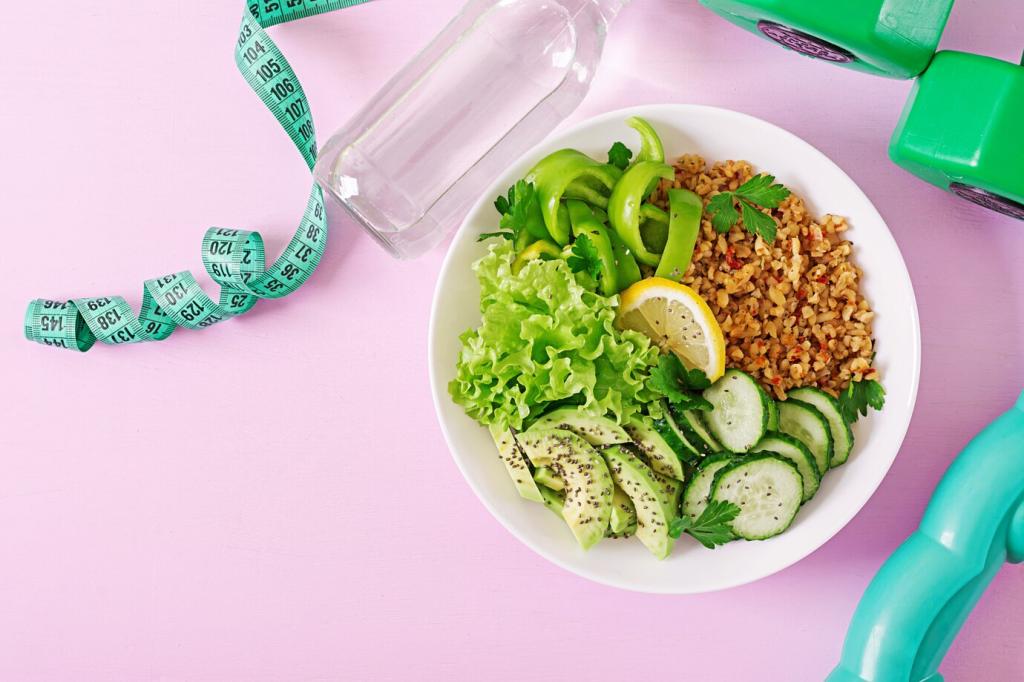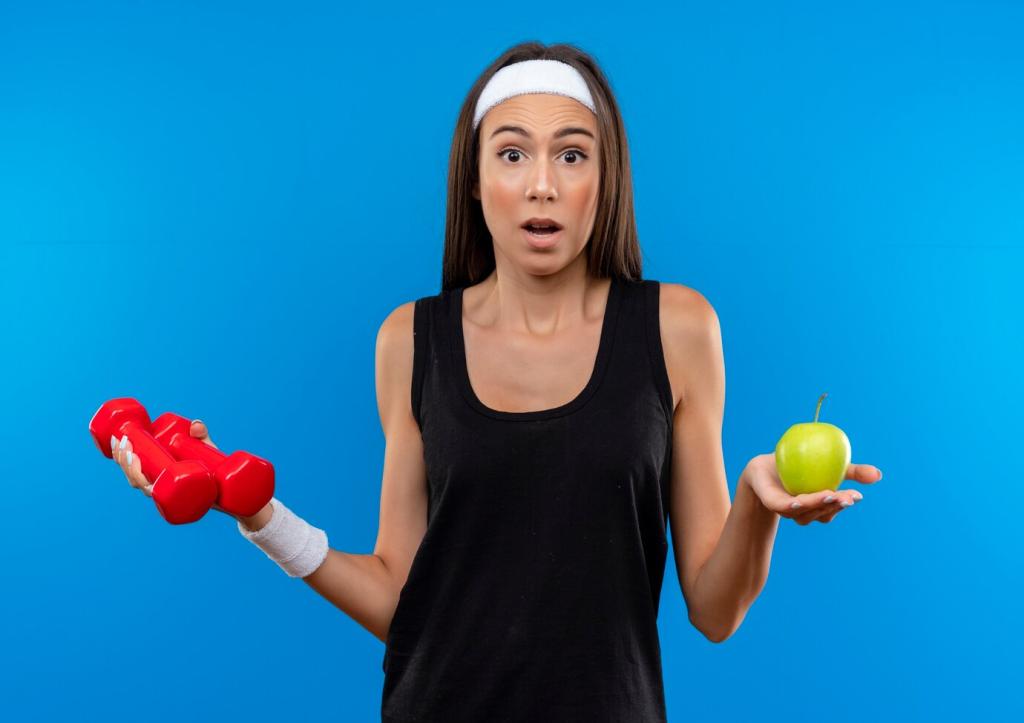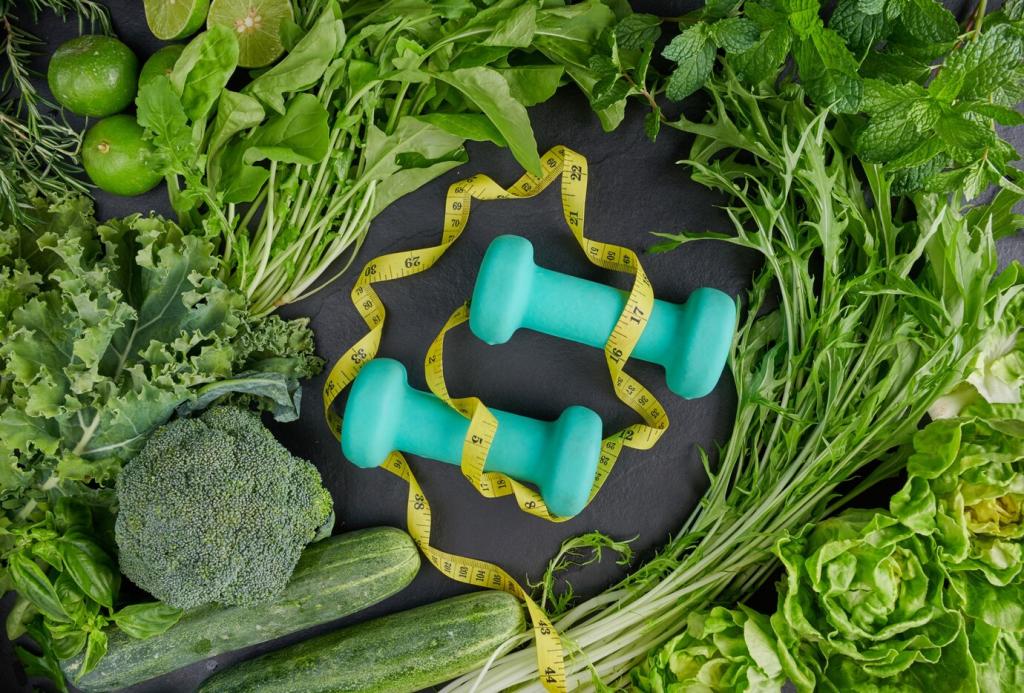Why Hydration Determines Performance
A body mass drop of around 2% from sweat can noticeably reduce endurance, coordination, and decision-making. That might be just a liter or so for many athletes. If you have ever felt your legs turn heavy late in a session, mild dehydration may have quietly moved the goalposts.
Why Hydration Determines Performance
Fluids sustain plasma volume, which keeps your heart’s workload reasonable and your skin able to shed heat through sweat. When fluid is low, your heart rate climbs faster, your perceived effort rises, and muscles get fewer nutrients where and when they need them most.







